When COVID-19 began spreading in March 2020, many businesses across the country shut their doors, some for good. Most private medical practices and dental offices only saw emergency patients during this time.
But now, you may be wondering how your dental practice can attract and retain patients who may have gone MIA in the past couple of years.
One helpful tool is dental practice management software. Lighthouse 360 and Solutionreach are just two of many options available. But when it comes to Lighthouse 360 vs Solutionreach, which one should you choose?
Lighthouse 360 overview
Created specifically for dental offices, Lighthouse 360 promises to keep your schedule full, run your office efficiently, and build better relationships with your patients, both old and new. And thanks to two decades of industry experience, a roster of 11,000 clients, and powerhouse partnerships such as Google and PayPal, it’s well worth considering.
HIPAA-friendly Mobile App for Healthcare Services
Manage appointments, health records, consent forms, intake forms, and more with the Jotform Health app. No need for paper forms — use Jotform to speed up your workflow and securely collect medical data on any device!


Solutionreach overview
With 21 years of experience and more than 35,000 customers, Solutionreach can help you improve your patient engagement, whether you’re a small or large practice. Through features including social media management capability, patient reviews and referrals, and text and group messaging, Solutionreach helps you gain and retain repeat patients. And it specializes in more than just dental offices — it’s also used by those working in dermatology, optometry, family practice, pediatrics, and other specialties.
Lighthouse360 vs Solutionreach: Key features
Hailed as the dental practice management software, Lighthouse 360 prioritizes one thing: patients. You can focus solely on dentistry while Lighthouse 360 acts as your own personal office assistant, simplifying and automating menial tasks so you don’t have to worry about them.
Lighthouse 360 increases your patient recall by sending your clients automatic appointment reminders via text, email, or automated phone calls and streamlines your staff’s workflow with a daily task list and online appointment book.
Meanwhile, your schedule stays full with a “fill-in” feature that alerts waitlisted patients when an appointment has become available. Plus, Lighthouse 360 provides you with basic reporting and patient insights, showing a clear picture of your scheduling efficiency, patient demographics, and your overall practice performance.
As for Solutionreach, there’s a reason it has more than 25,000 clients — it covers appointment management and scheduling, billing and invoicing, call reminders, and calendar synchronization. It basically acts as a team of employees at a fraction of the cost (plus, it doesn’t need PTO).
One of its best features is its online appointment scheduling module (which Lighthouse 360 doesn’t offer). By giving your patients the option to book their own appointments online, you’re providing them — and you — with a convenience your competitors may lack.
Finally, both Lighthouse 360 and Solutionreach run on most browsers and devices, including Windows and macOS, and mobile operating systems like iOS and Android.
Lighthouse 360 vs Solutionreach: Cost
For around $300 per month, Lighthouse 360 tracks down and notifies patients who need a cleaning, detects last-minute cancellations to fill your schedule, and collects and posts patient reviews.
For around the same price, Solutionreach includes the same features as Lighthouse 360: automated reminders and recall, two-way texting, and reports and analytics. However, if you’d like additional features such as customizable online scheduling or telehealth (neither of which Lighthouse 360 offers), you’ll have to jump to the next level and shell out some more dough. To know how much more, you need a business-specific consult.
Lighthouse 360 vs Solutionreach: Integrations
Lighthouse 360 integrates with more than 30 practice management systems, including Curve Dental, Open Dental, and Denticon.
With more than 500 integrations — including Healthline, Healthgrades, My Social Practice, and PostcardMania — Solutionreach allows you to add significant value to your practice with third-party platforms.
Lighthouse 360 vs Solutionreach: Approval workflows
For the most part, Lighthouse 360 and Solutionreach are similar when it comes to streamlining approval workflows. You can edit and customize tasks within both Lighthouse 360 and Solutionreach and even provide real-time updates about changes.
Jotform: An alternative to Lighthouse 360 and Solutionreach
So, which dental practice management software is best for your dental practice? If you’re weighing Lighthouse 360 vs Solutionreach, you can also consider Jotform.
This powerful online form builder allows users in any field to customize a variety of forms — including surveys and patient intake forms — to make your practice more efficient for both your patients and your staff. Not only is the design process easy and flexible (no coding required), but forms can also integrate with many popular platforms, including ActiveCampaign, Square, and Dropbox.
To really put these forms into overdrive, you can use the Jotform Health app, which allows you to manage your dental practice by accepting payments, requesting signatures on consent forms, scheduling appointments, and managing patient records.
Plus, both the app and the forms are HIPAA-friendly, so you and your patients have the peace of mind that their information is safe and secure. Jotform also integrates with Zoom, Google Drive, and other apps that streamline your office operations.
To focus on your patients, you need a tool that simplifies the day-to-day tasks of running a dental practice. Choose the platform that’s right for you, and you’ll make your practice more efficient than ever.















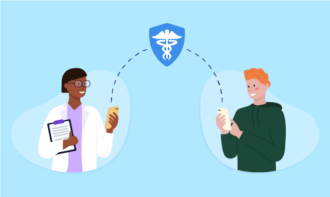
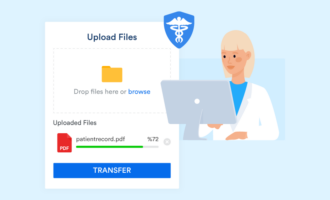





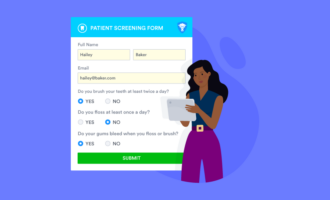
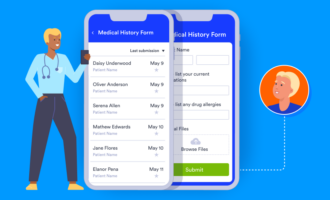



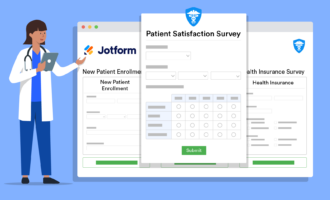







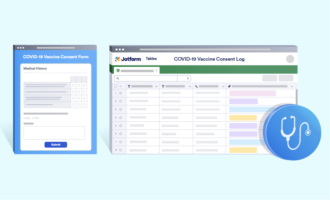





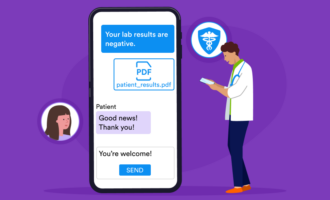




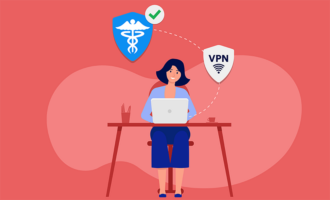


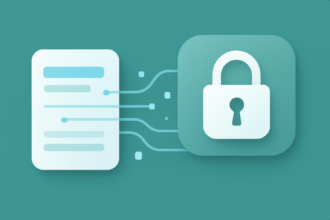



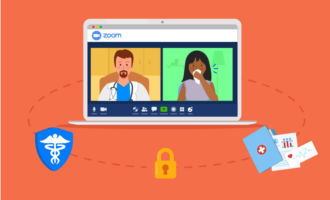














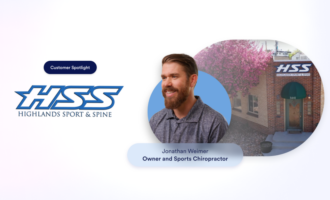





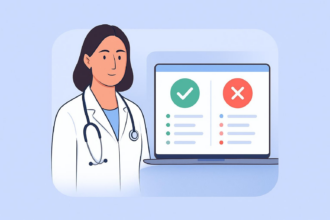

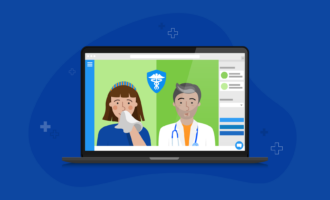

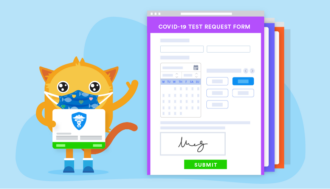




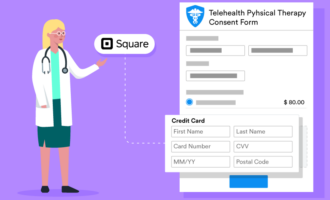
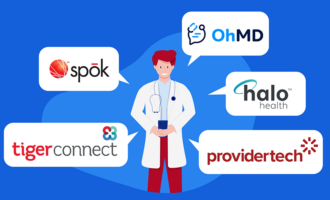


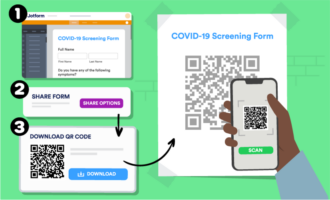
















Send Comment: